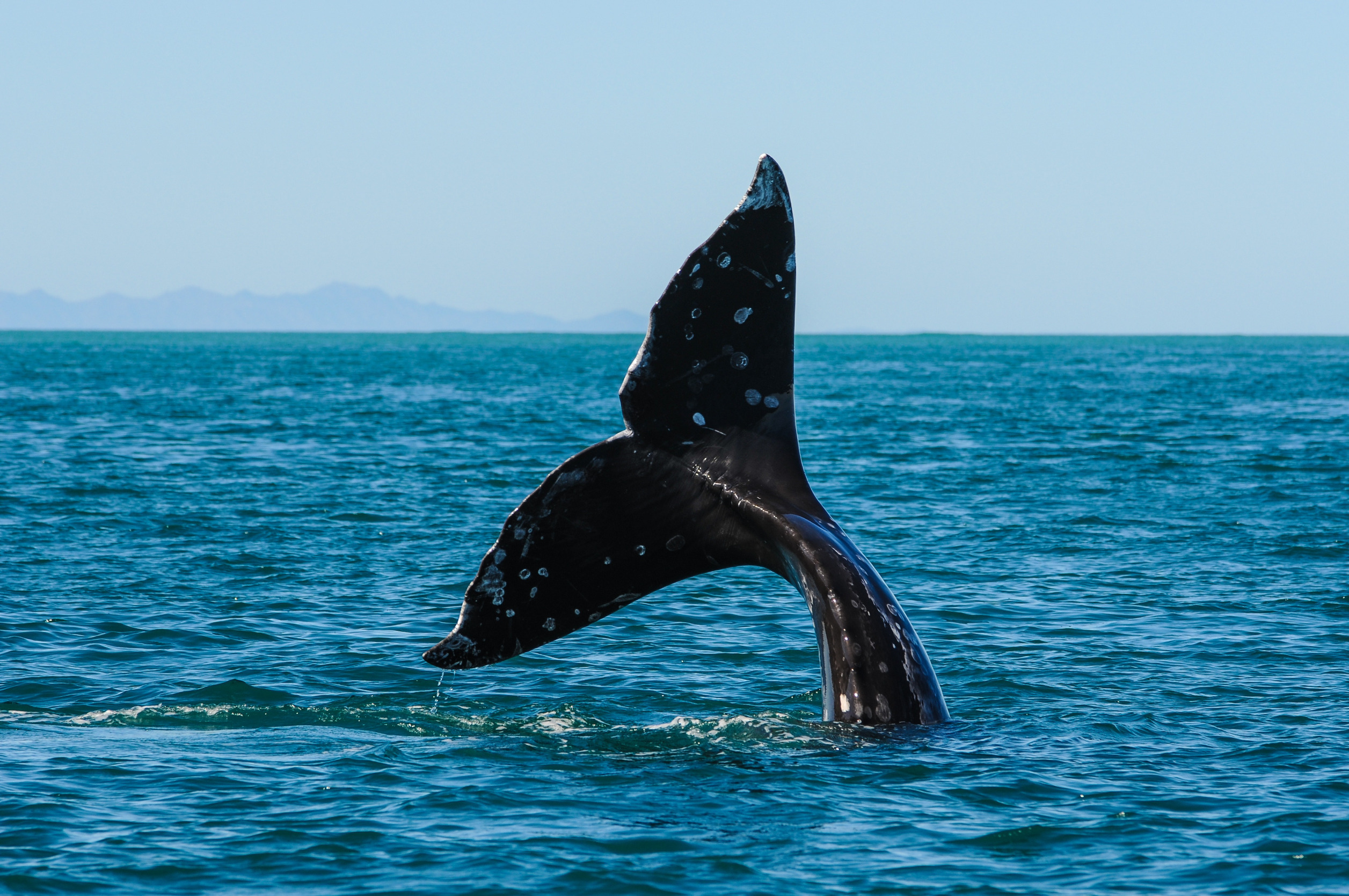The National Academy of Sciences (NAS) released a lengthy report on what is known as the “dead ocean” threat with a focus on the Nantucket region, specifically what are called the Nantucket shoals. This is a major feeding ground of the desperately endangered North Atlantic Right Whale. It is really a good case study for all major offshore wind installations.
The report uncovers something strange but true. The physics is technical, but the basic idea is simple. Wind turbines take a lot of the energy out of the air, creating a lower energy wake behind the wind turbine facility. Lower energy wind causes lower energy waves so there is much less mixing in the ocean surface layer. This depletes the oxygen level in the water, which can reduce the amount of living food sources that whales eat, which can harm the whales on a population level. This is why it is called the dead ocean effect.
The primary threat arises because the world’s biggest animals feed on the world’s smallest animals. Fifteen-ton Right Whales feed on what is called zooplankton, which are microscopic animals of various sorts. That these huge marine mammals can filter out and live on tons of almost invisible animals is a natural miracle in itself.
The dead ocean threat, to be even more specific, is that the reduced energy in hundreds of wind turbine wakes combined can greatly reduce the zooplankton population. This could lead to malnutrition or even starvation in the whales. It can also require the whales to do a lot more hunting for their food, which can also cause them harm. This is especially true if it increases the risk of ship strikes and fishing gear entanglements, the leading causes of whale deaths.
In fact, there are at least two very different wake effects that adversely affect whales. Note that the term wake effect often refers to the fact that the turbine sucks out roughly 50% of the energy in the air, so turbines have to be spaced far apart in the wind direction lest the first turbine rob the second of energy.
This energy-sucking effect can cause a reduction in mixing wave action far behind the turbines, which lowers the oxygen content of the water, which lowers the biological productivity, which lowers the whales’ food supply.
The second adverse effect has an opposite cause. The huge turbine blades create close in turbulence downwind, which stirs up the sediment, creating a suspended sediment plume that can be large and long-lasting. This opaque plume would certainly decrease biological activity. The lack of mixing would tend to prolong the plume. Moreover, turbulence takes energy, which further reduces downwind mixing.
What is most interesting is that these two adverse effects might cause the whales to avoid the area, like harassment does, pushing them into more dangerous waters. Thus, in addition to harassment, we now have simple avoidance as a potential cause of death.
Nantucket shoals is just East, that is, downwind, of nine major offshore wind lease areas. If these areas are developed as planned, it will create a wall of hundreds of enormous wind-sucking turbines. Each turbine removes roughly half of the energy from the wind that drives it. The stronger the wind, the more energy gets drawn out.
The primary conclusion of the NAS report is starkly simple: While the risk is clear, nothing is known about its magnitude. This is said repeatedly in carefully couched, highly technical, and very scientific language. There are numerous good recommendations that lay out the need for a research program that is sorely needed in order to understand the threat posed by offshore wind.
Here is a central conclusion from the NAS Report: “Given the state of understanding of the effects of hydrodynamics on zooplankton supply, abundance, and aggregation, as well as uncertainties regarding how turbines will affect the hydrodynamics of the Nantucket Shoals region, it is unclear how wind development will affect right whale prey availability in this region. There are mechanisms that could support an increase, a decrease, or no measurable change in right whale prey availability. Future research supporting observational studies and model development are needed to support accurate predictions.”
Of particular interest is the recommendation for the first two Atlantic wind facilities, presently under construction, to be heavily instrumented so as to measure their wake effect. These are South Fork and Vineyard Wind, both in the Nantucket area. Of course, it will take several years to get good data.
Oddly, the one NAS recommendation that is conspicuously missing is that construction of new major wind facilities be put on hold until this serious threat to endangered whales is better understood. This is not surprising given that NAS has also just released a report espousing the “accelerating decarbonization” of the US economy.
NAS is devoutly on board the alarmist climate change bandwagon, so their idea of how to research potential threats to marine life is the same as the Biden Administration’s: namely, first to build monster wind facilities, then assess the damage they inflict on the environment somewhere down the road. Actually, preventing damage before it occurs, including the extinction of the Right Whale, is not part of the plan.
Given this recent NAS study detailing the clear and present danger to the already desperately endangered North Atlantic Right Whale, let’s hope cooler heads prevail. The proper course of action is to put this research ahead of any more offshore wind construction, not after it.
